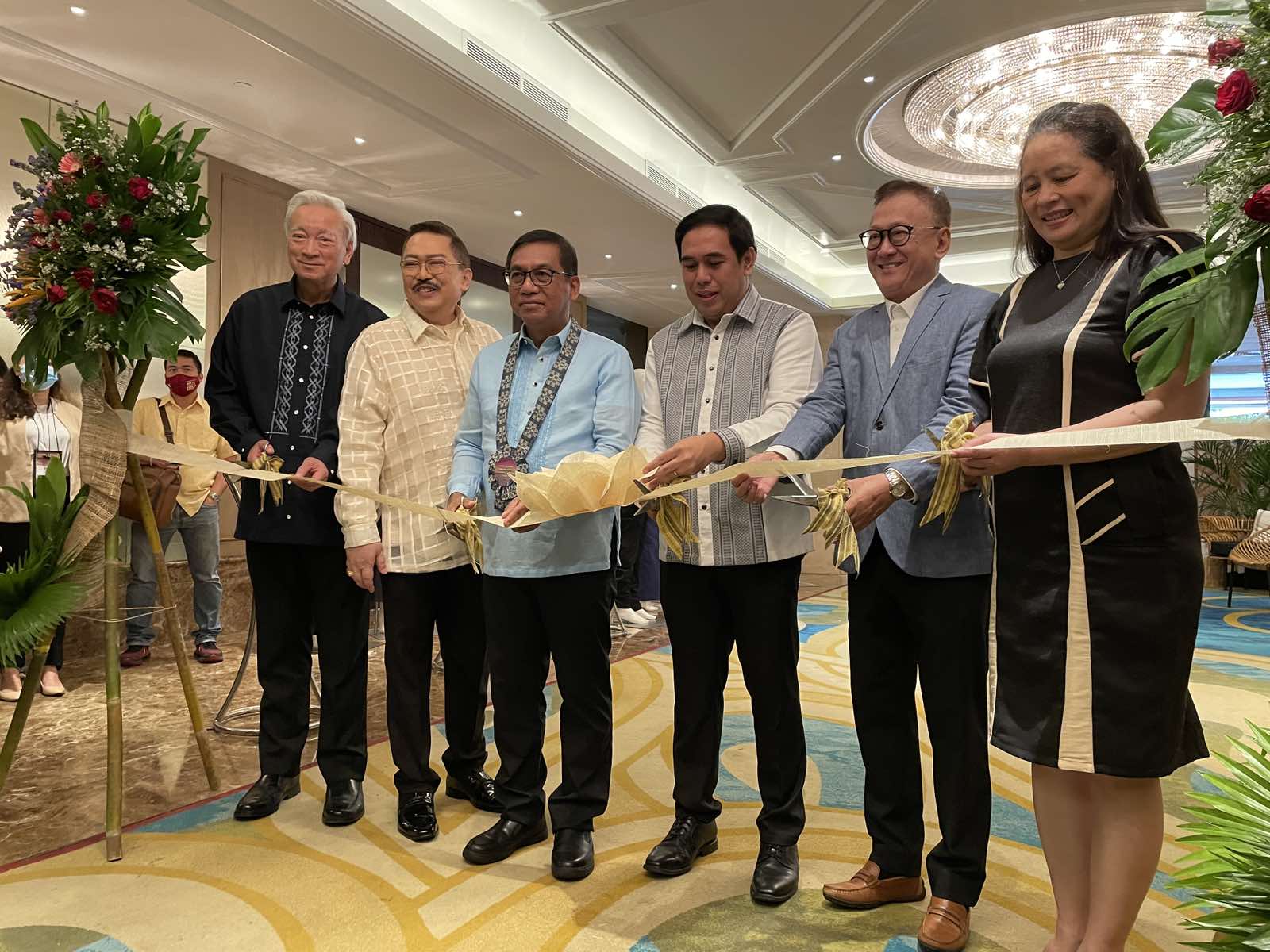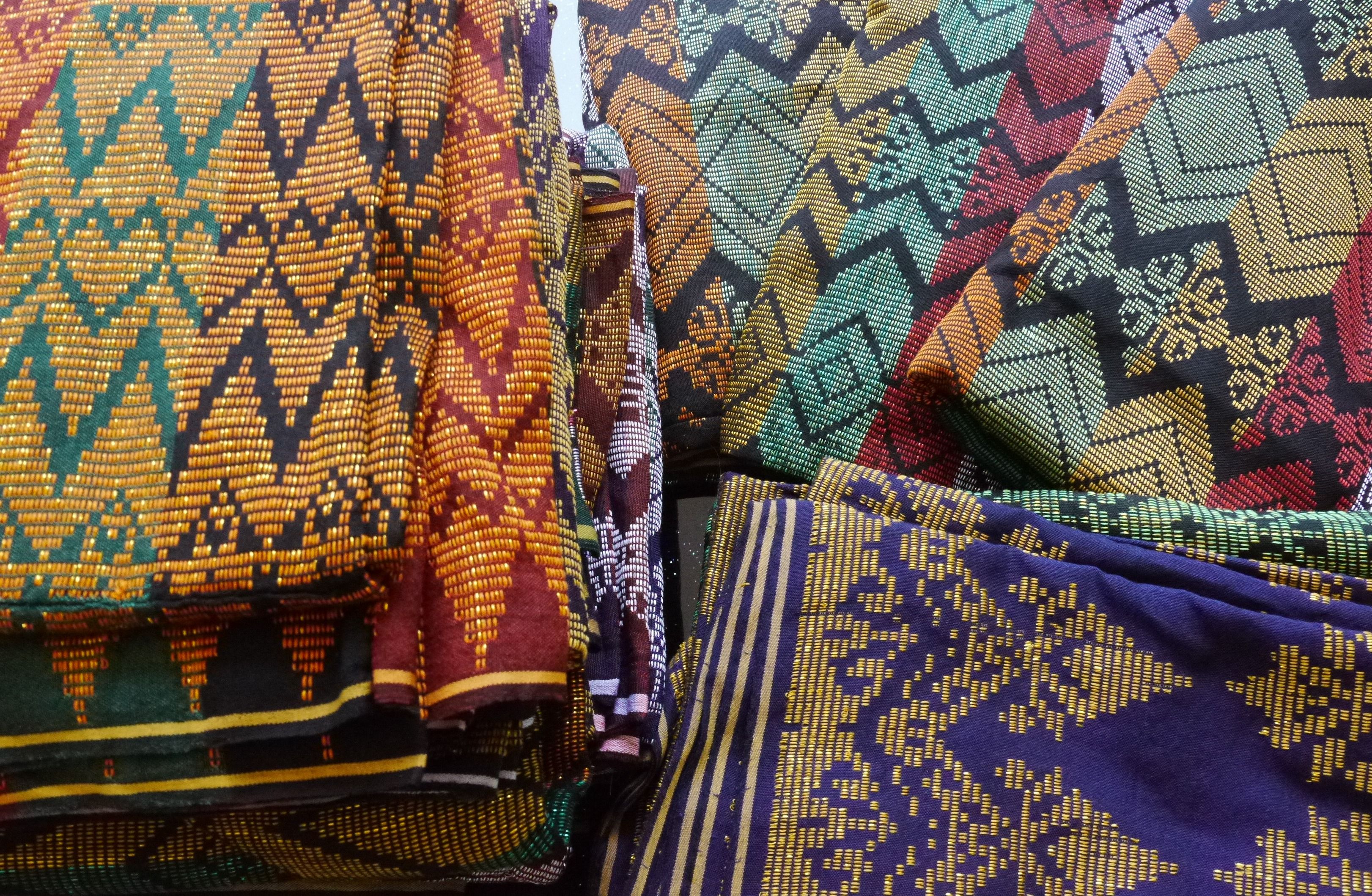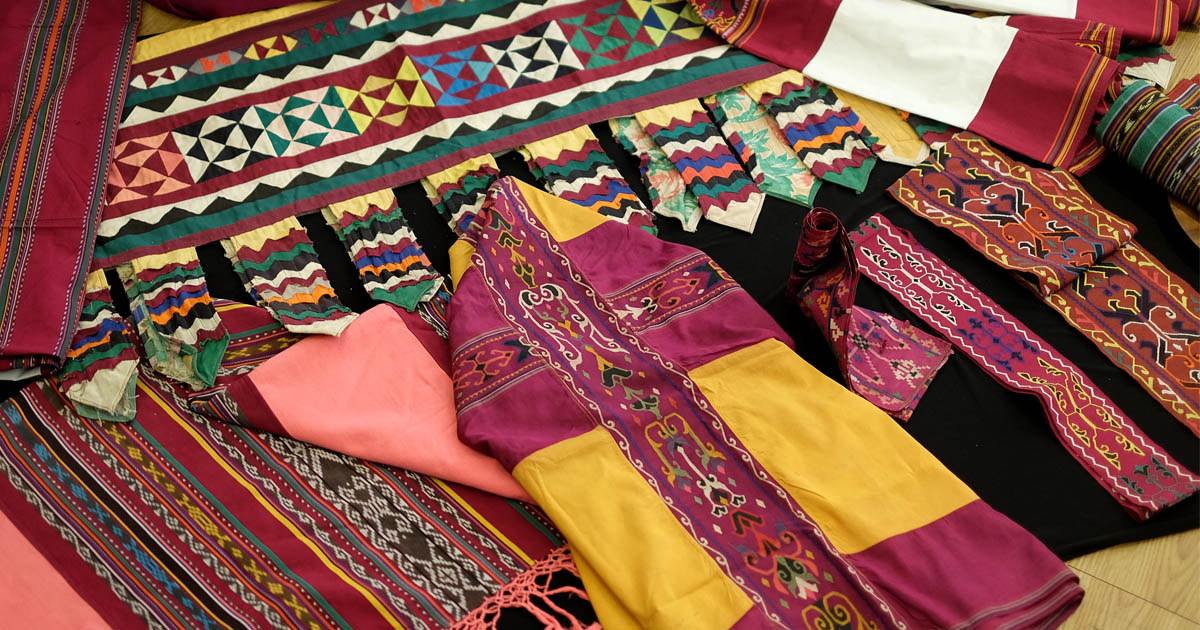MANILA, Philippines — The Philippine Textile Industry Stakeholder’s Conference featured the country’s top fashion designers that highlighted the event with a fashion show, that showed the works of up-and-coming stylists, with a mission to designing chic, hip and fashionable creations made from local textiles.
The event was successfully a collaborative cooperation between the Department of Science and Technology (DOST), Philippine Textile Research Institute (PTRI) and the country’s fashion industry in favor of the country’s textiles.

Pablo Cabahug for the House of Representatives, JC Buendia for the National Economic and Development Authority, Kingsmen for DOST, Jor-El Espina for the University of the Philippines, and Albert Andrada for the Civil Service Commission modeled the uniforms, which was one of the fashion show’s highlights.
The stunning clothing on display at the Philippine Tropical Fabrics festival, which was coordinated by DOST-PTRI, highlights the extraordinary goods that can arise from combined efforts of DOST researchers, partners from the industry, and communities. Secretary of Science Renato Solidum Jr. were all praises for the designers who used Philippine tropical fabrics to make the lovely costumes and accessories, and to the DOST-PTRI and partner weavers for the creative fabrics.

The PTRI has challenged the nation’s fashion sector to create designs for uniforms of public servants and employees utilizing textiles created in the Philippines from materials including pineapple leaf, abaca, banana, and Philippine silk.
“The textile industry’s future is fueled by innovation. Through S&T projects and programs, we seek to consistently support our farmers, community weavers, and entrepreneurs who are essential players in the value chain. The mixed fabrics manufactured from fibers sourced locally serve as an example of how science can advance the economy of a country” said Solidum Jr.
The institute’s purpose is to establish new textiles and auxiliary products to help the sector. Based on Republic Act 9242’s mandate, PTRI has been creating yarns and textiles since 2005. These yarns meet the minimum five percent by weight standard for natural textile fibers in the fabric stage by blending at least 20 percent of banana, pineapple, or abaca fibers with polyester and weaving them in a mill with polyester warp.

The creation of Philippine Silk is another important textile innovation. In Misamis Oriental, DOST made an investment in a hub for silk research and innovation. DOST created a method to produce seven kilograms of raw silk per day, which required 15 hectares of mulberry farmland and gave nearly 60 families with at least a quarter-hectare farm additional income of P16,000. This helped to keep the price of Philippine silk competitive. Additionally, the Kalinga Silk Innovation Hub supports the Cordillera region’s silk industry, and in 2023, two more will open in Aklan and Negros Occidental.
To preserve the productivity and vitality of the largest silkworm germplasm in the Philippines, DOST has continued a genomic project. These initiatives have led to the expansion of natural textiles from clothing to nonwoven applications for filtration, autos, bags, and footwear through drylaid textiles under nonwoven textiles R&D.

Another crucial step in the transformation of textiles is the development of natural dyes. DOST focuses on this to stop hazardous byproducts from being produced during the production of textiles and to provide local farmers and manufacturers with financial prospects. Through DOST funding, 11 NatDyes hubs located throughout the Philippines are connected to the Natural Dyes Center, which acts as the primary center for natural dyes research and development and product development.
This year, DOST plans to add three more NatDyes hubs. The PTRI already has a large-scale indigo dyeing machine in operation.
The conference gathered together key players from business, politics, and academia and underlined the importance of partnerships in fostering innovative and creative research for the textile, apparel, and related industries. There was also a display of artwork made by Filipino craftsmen.
With Additional Report by Ranier Allan Ronda of The Philippine Star






